Although known since the late 18th century, portraiture became increasingly popular at the start of the century that followed. It was a key element in the strategies employed by both eminent citizens, French and English alike, to consolidate their positions in society. The invention of photography and the opening of Québec’s first studios in the early 1840s gave new impetus to the craze for portraiture. This room contains a collection of painted and photographic portraits of well-known men and women, and of some lesser-known or unknown individuals considered either typical of their time or class, or unique. The two trends together highlight the iconographic and stylistic diversity of the portrait genre.
EXPERIENCE THE VIRTUAL TOUR OF THIS EXHIBITION
Although, for a long time, Church commissions remained central to the organization of art-making practices, these evolved along with the emergence of other representational needs. Artists of all backgrounds (foreigners, locals and itinerant artists, as well as artists who were either self-taught or trained in Europe or the United States) produced an increasingly diverse body of work that included, along with devotional paintings and portraits, history paintings, genre scenes and still lifes. Growing colonial expansion generated a strong interest in landscape, whether this focused on the picturesque views or natural wonders of the country, or on the transformation of the colonial environment through depictions of towns and villages and the events taking place in them. While initially associated with the conventions of topographic depiction, landscape art gradually became autonomous and provided a more poetic vision of the land.
In Huron-Wendat Territory
The Becoming gallery brings together diverse interpretations of the territory and its occupants, among them Young Indian Girls in Lorette by Théophile Hamel, the image of Lake Saint-Charles by the Huron-Wendat artist Zacharie Vincent, and Cornelius Krieghoff’s pedlars. Though different in appearance, all these works depict the same subject: the Huron-Wendat in their territory, the Nionwentsïo. The term Nionwentsïo means “our magnificent land’ in the Huron-Wendat language. Still occupied, this territory is where the Wendat Nation’s customary activities are largely practiced, as well as being fundamental to the identity of its members. Far more than simply a landscape or a reserve of exploitable resources, this territory as defined by the Wendat is first and foremost a traditional place of cultural expression.

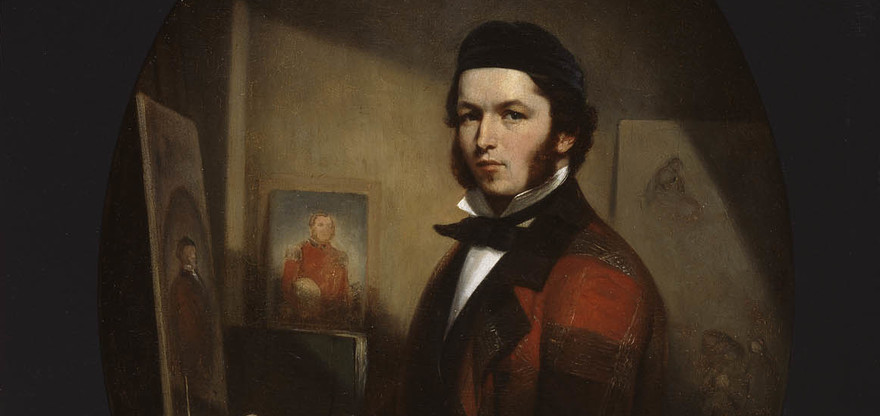
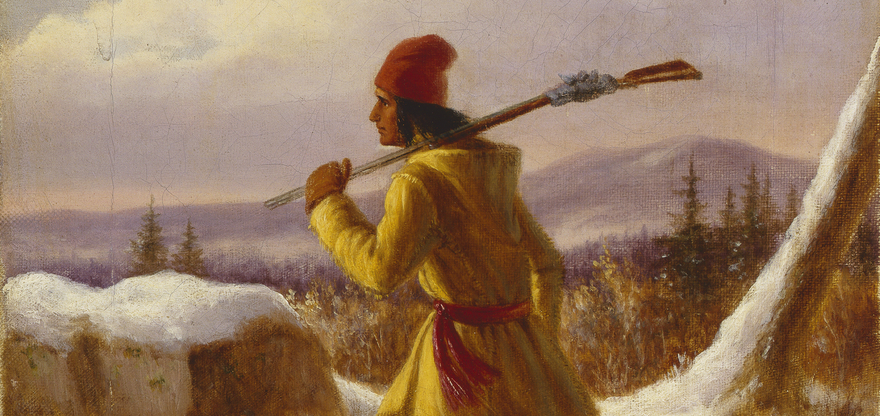
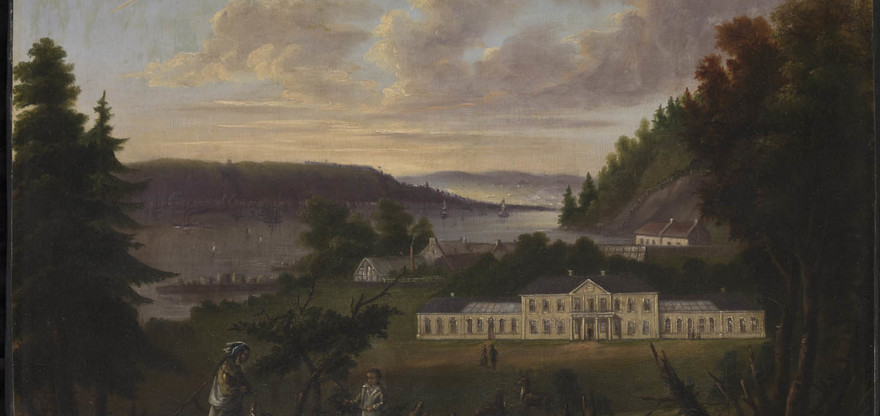
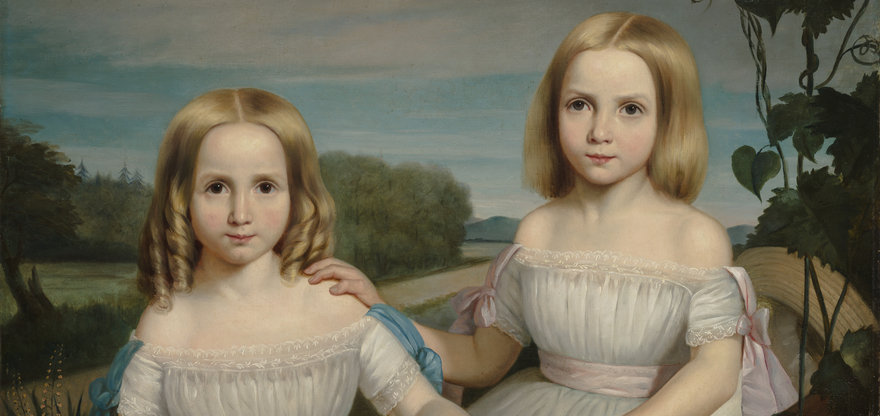
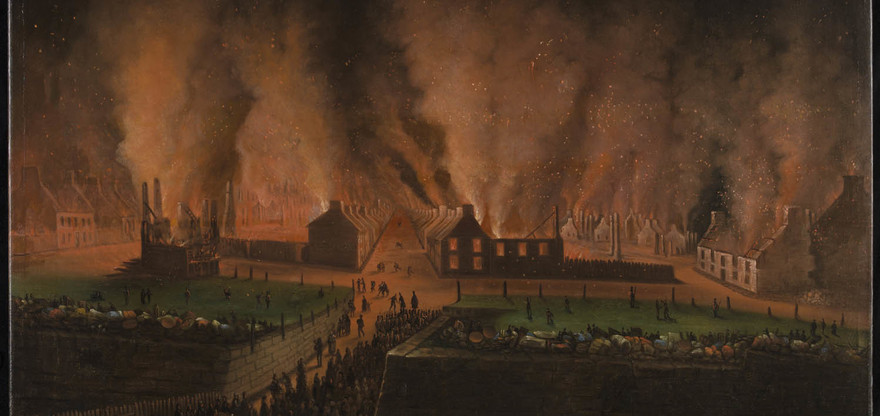

Give us your feedback